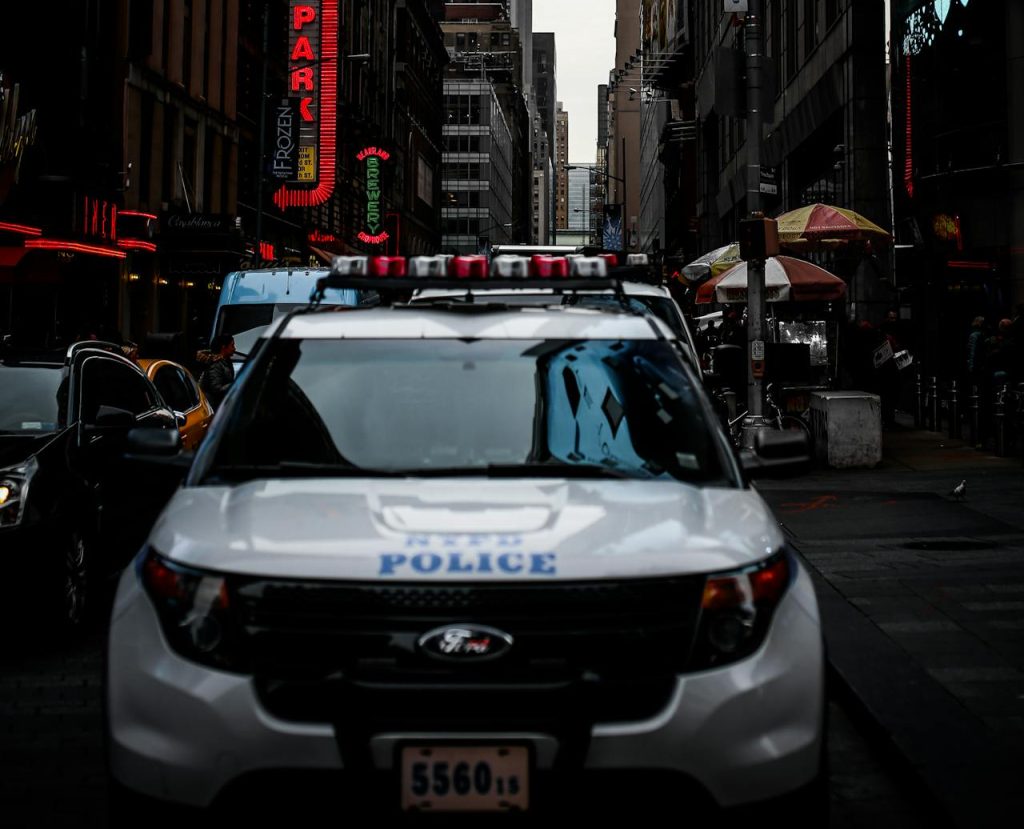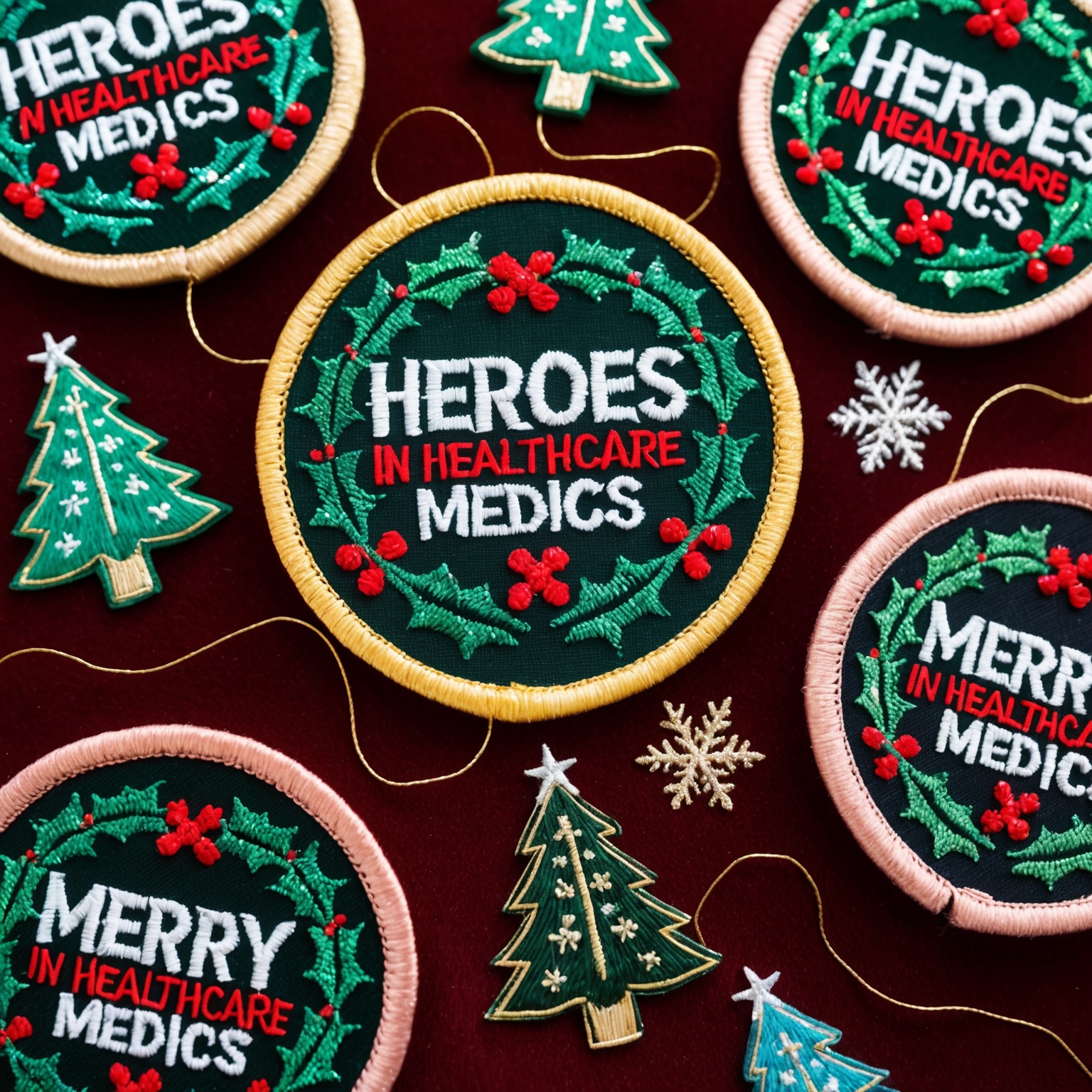The Symbolic Significance of Police Patches
Police patches are more than mere identifiers on uniforms; they are potent symbols that encapsulate the history, values, and culture of law enforcement agencies. These patches, often intricately designed, serve as visual representations of a department’s identity and its commitment to public service. From the earliest days of organized policing to the present, police patches have evolved in design and meaning, reflecting changes in society, law enforcement, and community relations. This article explores the historical and cultural importance of police patches, tracing their development from tradition to modern-day significance.
1. The Origins of Police Patches
Early Identification and Functionality
The use of patches and insignia in law enforcement dates back to the early 19th century, coinciding with the formation of organized police forces. Initially, police patches served a primarily functional purpose: to identify officers and their department affiliations. In an era when uniforms were not standardized, these patches helped distinguish law enforcement personnel from civilians.
Example: Early police patches were simple, often featuring the word “POLICE” and the name of the city or town, providing clear identification in public spaces.
Development of Standardized Uniforms
As police departments grew and the need for uniformity became more pronounced, patches evolved into standardized elements of police uniforms. This shift occurred in the late 19th and early 20th centuries, as police forces sought to project a more professional and organized image. Patches began to incorporate official symbols, such as city seals or department logos, and were designed to be worn on the shoulder or chest of the uniform.
Example: The New York City Police Department (NYPD) introduced its first standardized patch in the late 1800s, featuring the city seal and the department’s name.
2. The Evolution of Police Patch Design
Incorporation of Official Symbols and Seals
As police patches became more standardized, they began to feature official symbols and seals representing the city or municipality served by the department. These symbols often included local landmarks, government seals, or historical references, tying the police department’s identity to the community it served.
Example: The patch of the Boston Police Department includes the city’s seal, featuring a ship and the motto “SICUT PATRIBUS, SIT DEUS NOBIS,” meaning “God be with us as he was with our fathers.”
Introduction of Unique Department Logos
In addition to official symbols, many police departments developed unique logos or emblems that reflected their specific values, missions, or regional characteristics. These logos often included elements such as animals, stars, or other symbolic imagery that conveyed the department’s ethos and role in the community.
Example: The Los Angeles Police Department (LAPD) patch features the iconic Roman fasces, representing authority and unity, alongside the department’s name.
Diversity in Design and Customization
Over time, police patches have become more diverse and customizable, reflecting the unique identities of different departments. Some patches commemorate specific units within a department, such as SWAT or K-9 units, while others celebrate special events, anniversaries, or community partnerships. This diversity in design allows departments to showcase their distinct roles and contributions.
Example: A patch for a K-9 unit might feature the image of a police dog, highlighting the unit’s specialized role in law enforcement operations.
3. The Cultural Importance of Police Patches
Representing Community and Identity
Police patches play a crucial role in representing the identity and values of both the police department and the community it serves. The imagery, colors, and symbols used in a patch often reflect local culture, history, and values. This representation fosters a sense of pride and connection among officers and residents, reinforcing the department’s role as a protector and servant of the community.
Example: The patch of the Honolulu Police Department features a Hawaiian warrior helmet, symbolizing the department’s respect for local culture and its commitment to safeguarding the community.
Building Trust and Recognition
A well-designed police patch can enhance public trust and recognition. When officers wear patches that reflect the community’s heritage and values, it can help bridge gaps between law enforcement and the public. Patches that incorporate inclusive symbols or recognize diverse community members can promote positive relationships and mutual respect.
Example: A department might create a special patch for officers to wear during Pride Month, featuring a rainbow flag to show support for LGBTQ+ rights and inclusivity.
Commemorating Service and Sacrifice
Police patches also serve as symbols of service and sacrifice. They often include elements that honor fallen officers or commemorate significant events in the department’s history. These patches are a visible reminder of the risks and responsibilities that come with law enforcement and the dedication of those who serve.
Example: A memorial patch might be created to honor an officer who died in the line of duty, featuring their badge number and a black ribbon.
4. Iconic Police Patches and Their Historical Context
New York City Police Department (NYPD)
The NYPD patch is one of the most recognizable police patches globally. It features the city’s official seal, which includes an eagle, a Native American figure, and a sailor, symbolizing New York’s diverse history and cultural heritage. The patch’s design reflects the NYPD’s status as one of the oldest and largest police departments in the United States.
Example: The NYPD patch symbolizes the department’s commitment to serving one of the most populous and culturally diverse cities in the world.
Chicago Police Department
The Chicago Police Department’s patch is distinct for its star shape, symbolizing guidance and protection. The patch includes the city’s seal, featuring a phoenix rising from the flames, representing Chicago’s resilience and recovery after the Great Chicago Fire. The design reflects the city’s history and the department’s role in maintaining public safety.
Example: The Chicago Police patch embodies the city’s motto “I Will,” reflecting the community’s determination and the department’s dedication to service.
Los Angeles Police Department (LAPD)
The LAPD patch features the Roman fasces, a symbol of law and authority, and an ax, representing the enforcement of justice. The patch also includes the words “LOS ANGELES POLICE DEPARTMENT” and the department’s founding year, 1869. The design reflects the department’s role in upholding the law in a dynamic and diverse city.
Example: The LAPD patch symbolizes the department’s commitment to maintaining order and justice in Los Angeles, one of the largest metropolitan areas in the United States.
Royal Canadian Mounted Police (RCMP)
The RCMP patch is iconic for its representation of Canada’s national police force. The patch features a crowned buffalo head, symbolizing strength and resilience, and the Latin motto “Maintiens le Droit,” meaning “Uphold the Right.” The RCMP patch is a symbol of the force’s role in enforcing federal laws and maintaining peace across Canada.
Example: The RCMP patch reflects the agency’s heritage as a national police force and its commitment to upholding Canadian laws and values.
5. The Role of Police Patches in Modern Law Enforcement
Fostering Team Spirit and Unity
In modern law enforcement, police patches continue to play an essential role in fostering team spirit and unity among officers. Wearing a department’s patch is a source of pride and a reminder of the collective mission and values that officers uphold. Patches also help to distinguish different units and specialties within a department, promoting camaraderie and collaboration.
Example: A special unit patch, such as for a tactical team, reinforces the unique skills and responsibilities of its members, fostering a sense of belonging and purpose.
Celebrating Diversity and Inclusivity
Many police departments use patches to celebrate diversity and promote inclusivity. This can include creating patches that recognize different cultural heritage months, support for minority communities, or other inclusivity initiatives. These patches demonstrate a department’s commitment to serving all members of the community equitably and respectfully.
Example: A police department might design a patch for Hispanic Heritage Month, featuring elements that celebrate Hispanic culture and contributions to the community.
Commemorating Special Events and Anniversaries
Police patches are often used to commemorate special events, anniversaries, or significant achievements within a department. These commemorative patches can mark milestones, such as a department’s founding anniversary, a major operation, or a community partnership. They serve as keepsakes and symbols of the department’s history and achievements.
Example: A police department might create a 100th-anniversary patch featuring historical elements that reflect its evolution and growth over the past century.
6. The Future of Police Patches: Trends and Innovations
Innovations in Design and Materials
As technology advances, police patches are evolving in design and materials. Digital design tools enable more intricate and detailed artwork, while new materials offer greater durability and customization options. Departments are increasingly using high-quality embroidery, 3D elements, and unique shapes to create visually striking patches.
Example: A department might use metallic threads and 3D embroidery techniques to create a patch with a more dynamic and visually appealing design.
Eco-Friendly and Sustainable Patches
With growing awareness of environmental issues, some police departments are exploring eco-friendly and sustainable options for their patches. This can include using recycled materials, eco-friendly dyes, and sustainable production processes. These efforts align with broader public sector initiatives to reduce environmental impact.
Example: A police department might choose patches made from recycled polyester, demonstrating a commitment to sustainability and responsible resource use.
Patches as Tools for Public Engagement
Police patches are increasingly being used as tools for public engagement and community relations. Departments may create special patches for community outreach programs, charity events, or awareness campaigns. These patches help to humanize officers and build positive relationships with the public, fostering trust and cooperation.
Example: A department might design a patch for a community safety campaign, featuring a message that encourages residents to work with the police to promote public safety.
The Enduring Importance of Police Patches
Police patches are more than just uniform accessories; they are symbols of honor, service, and community. From their early origins as functional identifiers to their modern role as representations of departmental pride and values, these patches have played a significant role in law enforcement culture. They reflect the history and heritage of the departments they represent and serve as a visual reminder of the duty and sacrifice of those who wear them.
As police patches continue to evolve, they remain an important part of law enforcement’s identity and public image. They foster a sense of unity and pride among officers, build connections with the community, and commemorate significant events and achievements. In a world where symbols and traditions hold great significance, police patches stand out as enduring emblems of law enforcement’s commitment to protecting and serving the public.
Whether displayed on a uniform, collected as memorabilia, or used to connect with the community, police patches continue to play a vital role in preserving and celebrating the rich heritage of law enforcement agencies. They are a testament to the values and dedication of those who serve, and they will continue to be a source of pride and inspiration for generations to come.
If you are interested in purchasing high-quality custom patches, feel free to call us at 1-866-903-4903 or fill out one of our FREE quotes here.




